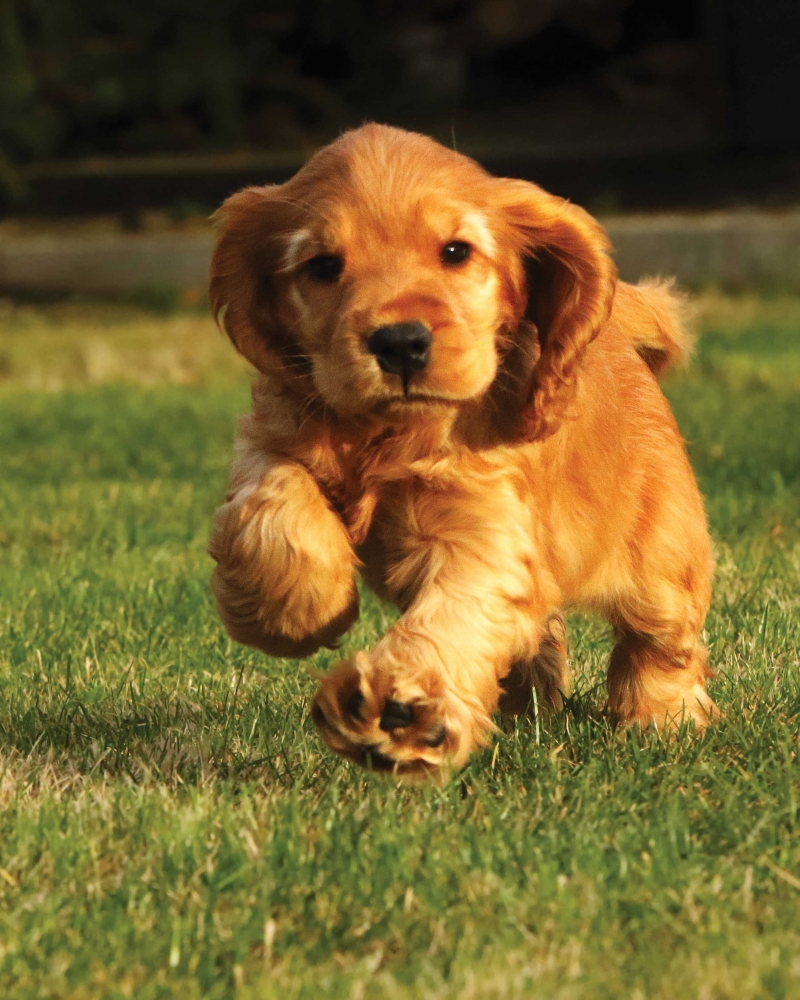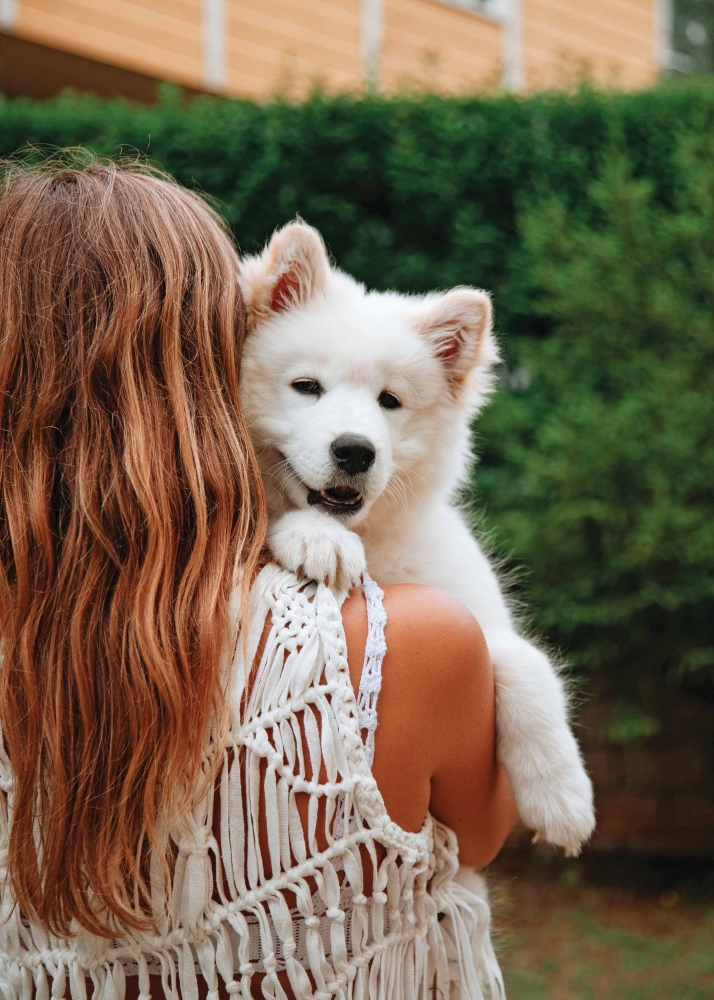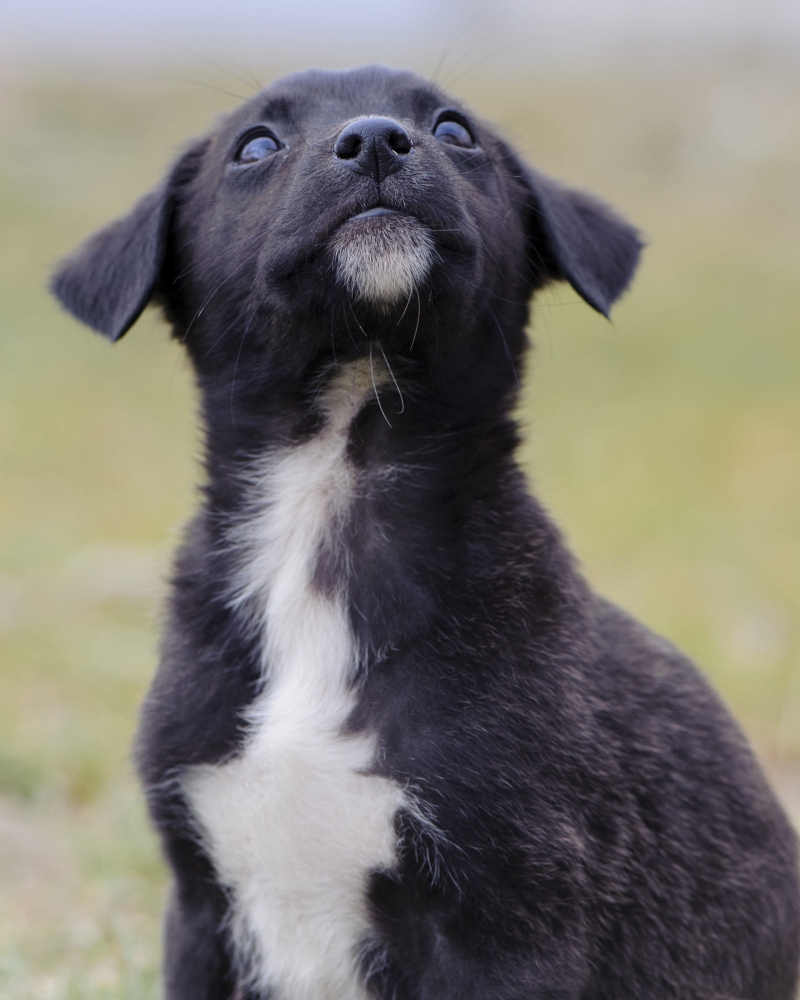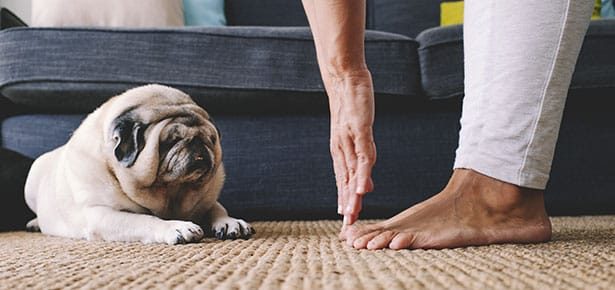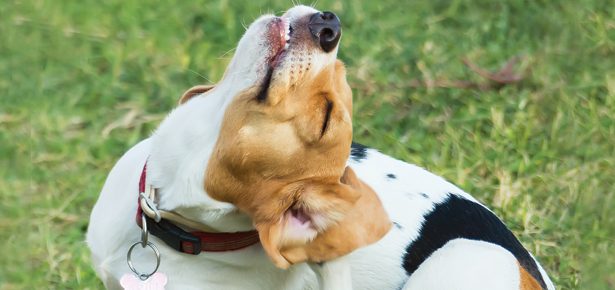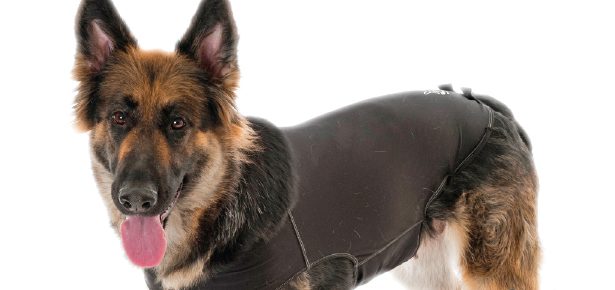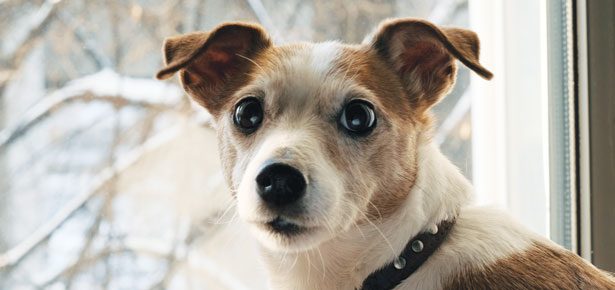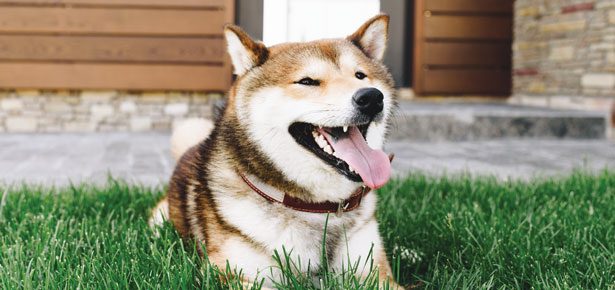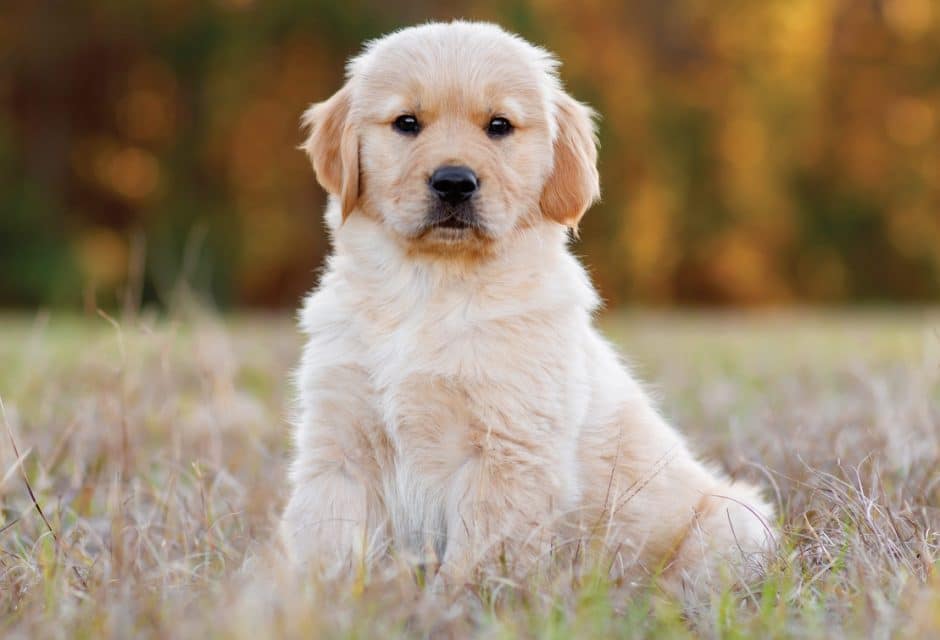

Nature vs. Nurture
How Life Experience and Genetics Determine Your Dog’s Personality
It’s all in how you raise them… or is it? This phrase is often used to describe how any dog can be a safe, healthy, happy one with enough good nutrition, training, and love. If only it was true. Saying a dog is just the result of how he’s raised completely ignores a major component of his development—his genes. Yes, dogs are products of how they are raised. But they are also products of their genetics. Both nature and nurture play important roles in your dog’s development.
If you breed two purebred Golden Retrievers together, you’ll get Golden Retriever puppies. There won’t be a random Jack Russell or Pekinese in the mix. You can look at the parents and their grandparents and have a good guess at the puppies’ eventual size, colour, and build. Look at the genetic medical history, and you may see indications of likely cancers or hip issues. This is why good breeders do health testing on their dogs before they ever breed them to help prevent genetic health problems from reproducing in their lines. You can also get a good idea of temperament. If the parents and grandparents were sweet and easygoing, chances are the puppies will be as well. As retrievers, they likely will want to put everything in their mouths.
Border Collie puppies show herding instinct at a tender age. Pointer puppies will point. Think of genetics as the original lump of clay you start with to form a beautiful piece of pottery. How you shape the clay is the nurture aspect.
Your Dog’s Genetic Blueprint
Just as there are health issues that are genetic in nature, passed down from parents to puppies, so can there be temperament issues. In the 2019 study, Highly Heritable and Functionally Relevant Breed Differences in Dog Behaviour, published in the The Royal Society, researchers stated that a large proportion of behavioural variance across breeds was attributed to genetic factors. Trainability, stranger-directed aggression, chasing, and attachment and attention-seeking behaviour were the most common traits found within breeds.
We’ve developed dog breeds to perform specific jobs. It only makes sense that breeds designed to guard would lean towards stranger-directed aggression. Sporting and herding breeds that need to work with people would be highly trainable. Toy breeds meant to keep you company do not understand the concept of personal space and will follow you into the bathroom.
If you are looking for a canine family member to add to your home, consider his genetic blueprint. If you are looking at a mixed breed dog, what breeds are in there? For example, if you have young kids who like to run, a herding breed is likely to chase them.
To the best of your ability, try and meet a puppy’s parents. Are they friendly? Do they enjoy your interactions? If someone offers the excuse that the mother “is very protective of her puppies, so you can’t meet her,” this is a warning sign. Mom may be protective, but she also could be an aggressive dog who doesn’t like strangers any day. Not a great trait to pass down to her children.
When meeting a puppy, does he hide from you? Does he look worried? Does he snap or growl at you? Do not bring this puppy home. He is already exhibiting worrisome traits.
Shaping the Clay
The biggest impact you can have on a young puppy is properly socializing him before 12 weeks of age. This is the critical socialization period. Does he have all his shots yet? No.
If you wait until he has completed his vaccination series, typically around 16 weeks, it will be too late. Puppies make opinions during the first 12 weeks of their lives that they carry a lifetime. Starting too late can lead to fear and aggression problems in adolescence and adulthood.
The American Veterinary Society of Animal Behavior states that “…it should be the standard of care for puppies to receive such socialization before they are fully vaccinated.” You can safely socialize your not-yet fully vaccinated puppy by following these guidelines:
• Avoid taking your puppy where unvaccinated dogs may have been, such as dog parks or public parks.
• Do not let your puppy investigate another dog’s feces. Clean his paws with baby wipes after walks.
• Only let your puppy interact with dogs you know, who have been fully vaccinated.
Proper socialization is critical for any puppy, especially one who may be drawing from a poor genetic deck of cards.
You can start training your puppy the day you bring him home. Teach him family manners. Housetrain and confinement train him. Teach him what he is allowed to put his teeth on. Training him will help shape him into the family companion you want.
There will always be cases of dogs who had horrible starts in life through abuse or neglect who end up being wonderful companions. There are also cases of carefully bred dogs who go to loving families but still end up having serious behavioural issues. Nature and nurture make for a powerful mystery combination. While scientists work to unravel the implications, you can make the best of both.
Puppy Socialization Done Right
Proper socialization ensures your puppy has a wonderful time with each experience. Always have treats with you. Any time your puppy witnesses something potentially scary, generously give him treats. If he won’t take the treats, you may be too close to the scary thing for him to cope. Move farther away and try again. Always let your puppy make the choice to approach people or his environment. Reward him for being brave. Here are just a few things you can introduce him to:
Loud noises: vacuums, blender, hair dryers
Traffic: cars, trucks
Rolling objects: strollers, luggage, garbage bins, scooters, bicycles
People of different ages, genders, and ethnicities
Flooring: tile, carpet
Stairs
Animals: dogs, cats, birds, horses
Car rides (other than going to the veterinarian)
Your neighbourhood activities: lawn care, playing children, barking dogs
Icon Illustrations (from top to bottom) by: Digital Bazaar/bigstock.com; MacroOne/bigstock.com; Penti-Stock/bigstock.com; Digital Bazaar/bigstock.com; millering/bigstock.com; Line Arts/bigstock.com; Digital Bazaar/bigstock.com; Line Arts/bigstock.com; Digital Bazaar/bigstock.com.
This article originally appeared in the award-winning Modern Dog magazine. Subscribe today!
Join the newsletter and never miss out on dog content again!
"*" indicates required fields
By clicking the arrow, you agree to our web Terms of Use and Privacy & Cookie Policy. Easy unsubscribe links are provided in every email.
